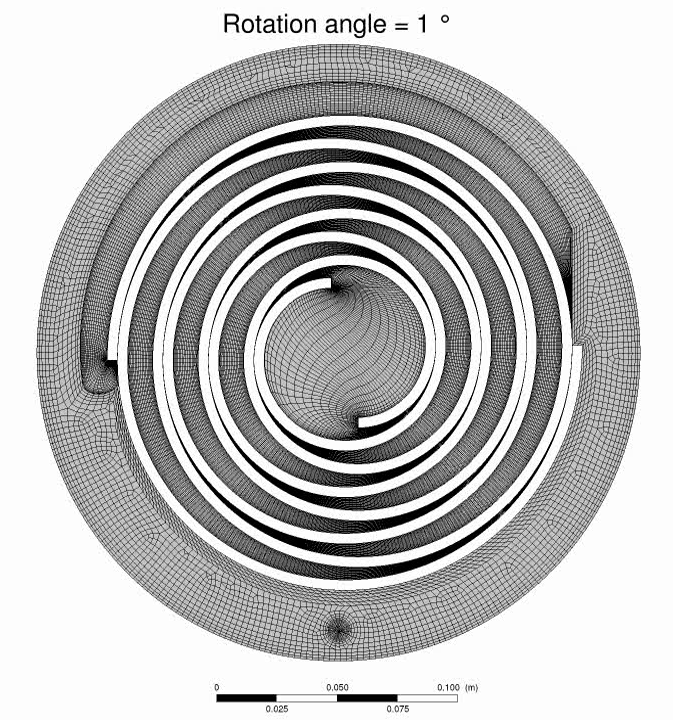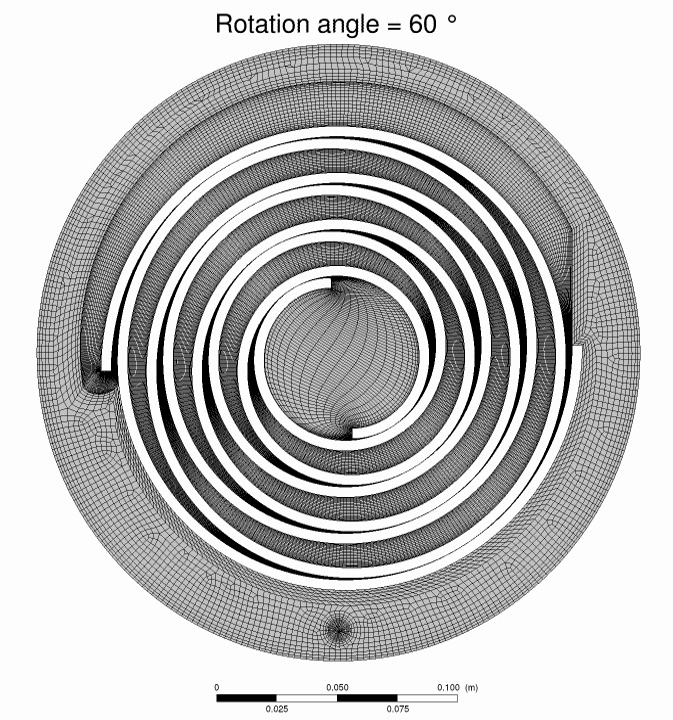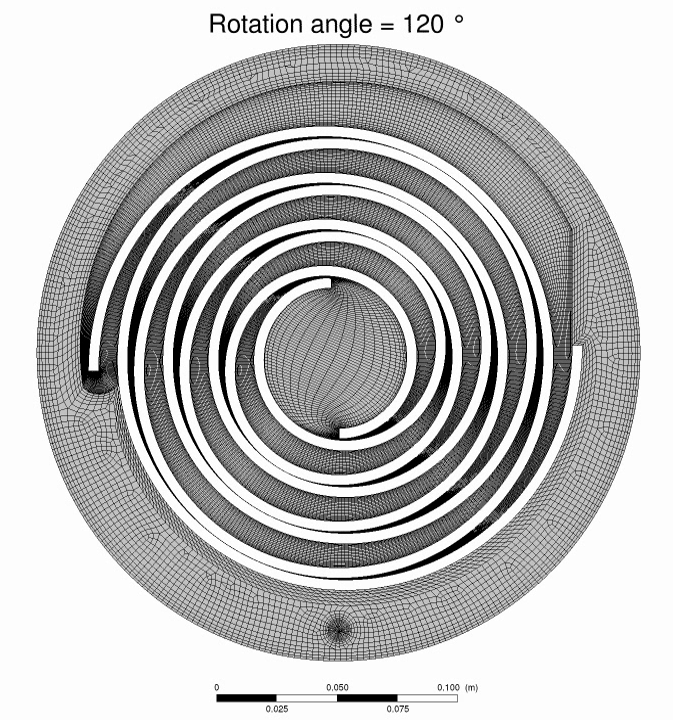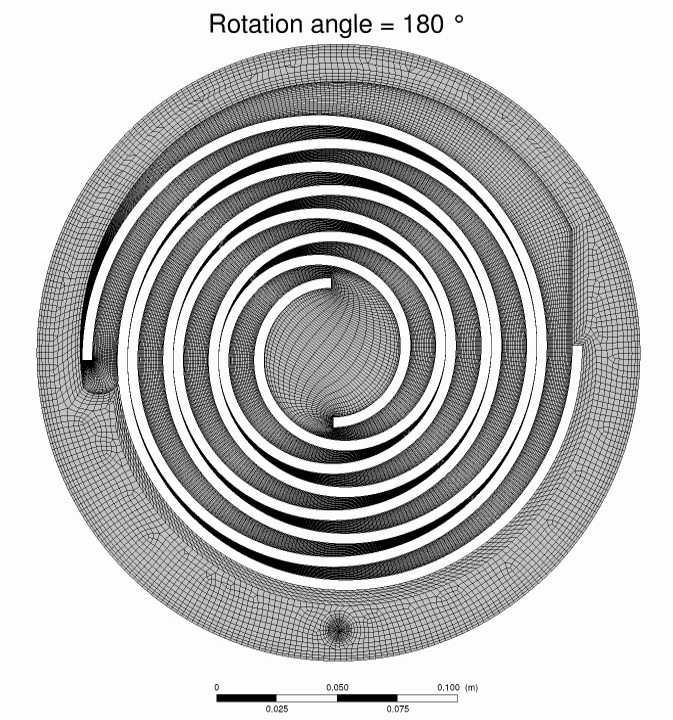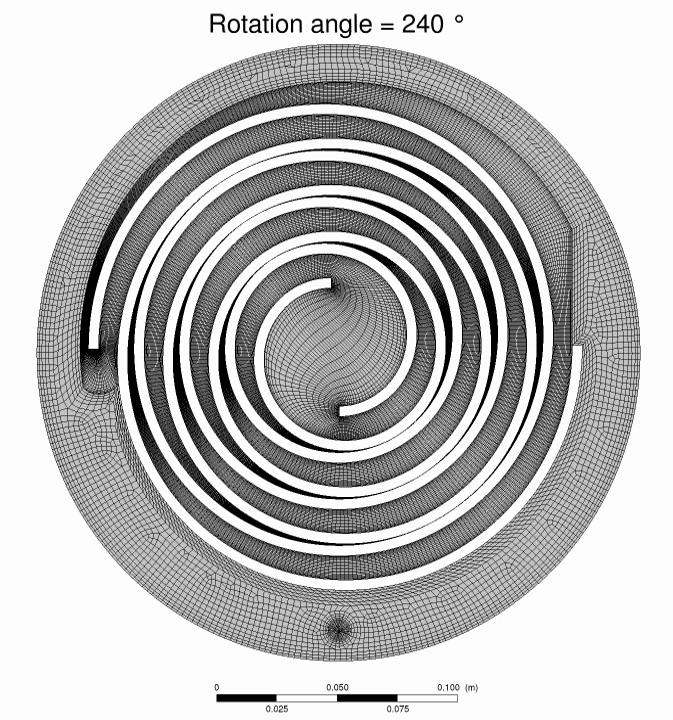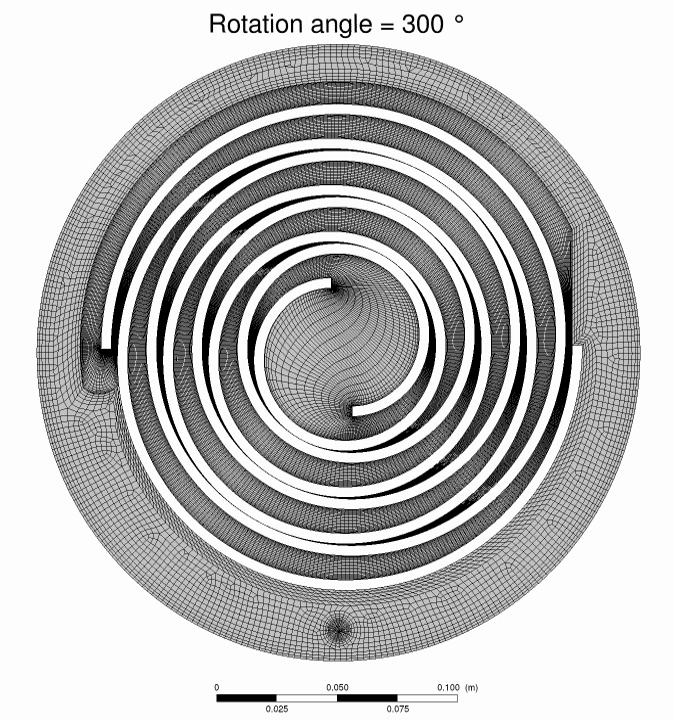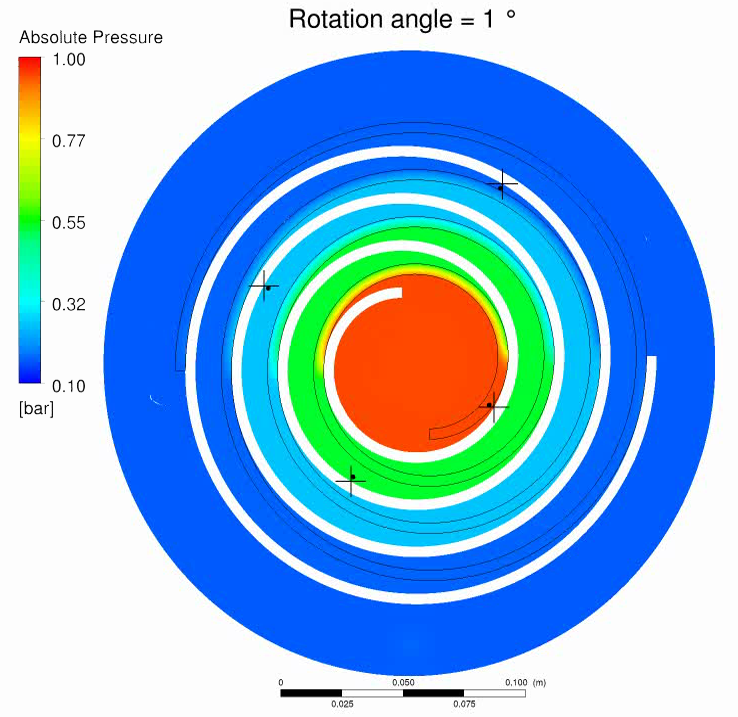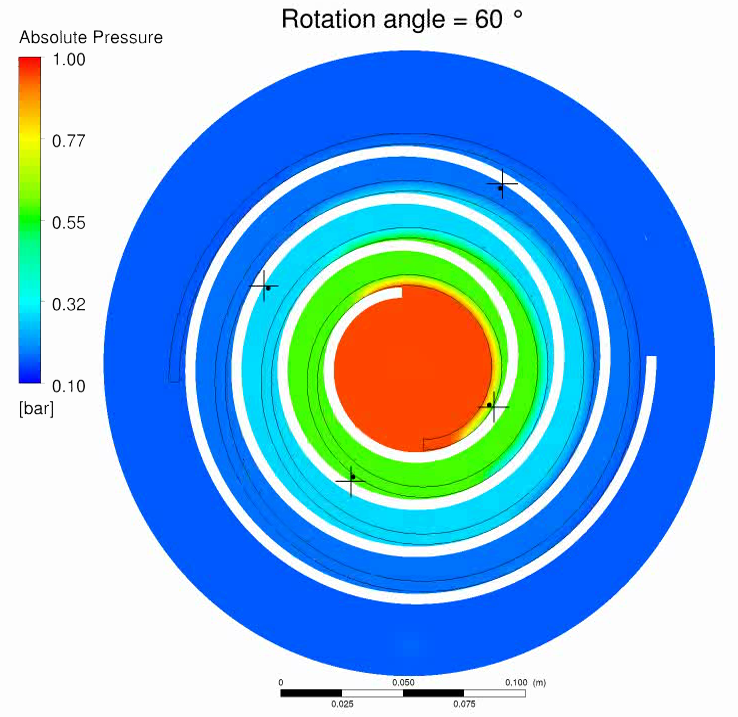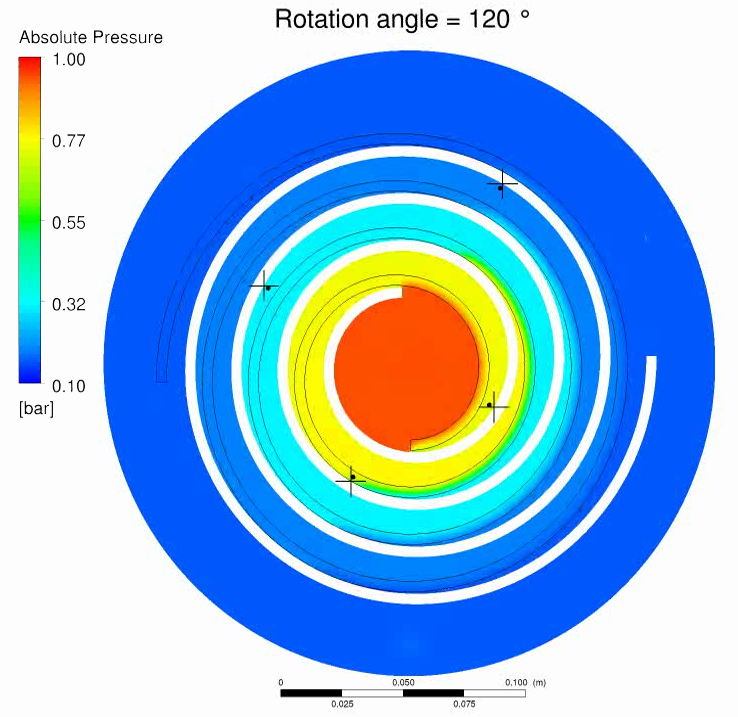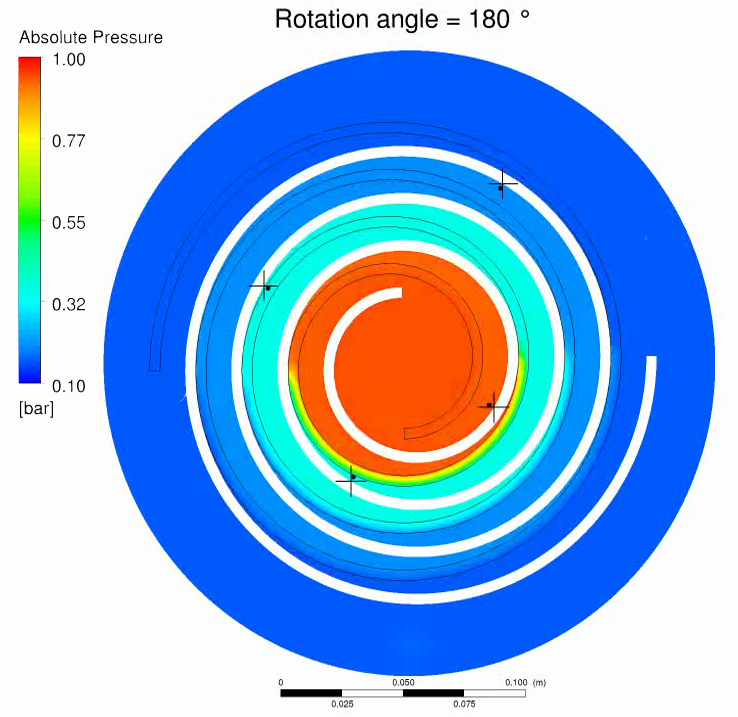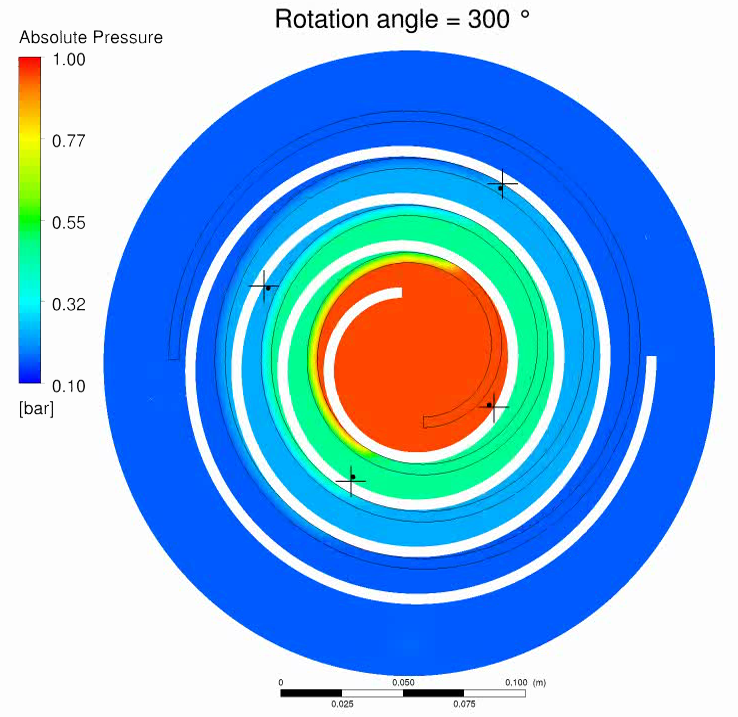During the 2016 Purdue Conference on July 11-14 we had the opportunity to present two of our recent works on CFD of positive displacement machines. One popular topic was the industrial application of scroll machines. For this particular area we had the chance to once again compare physical experimental data with our CFD results.
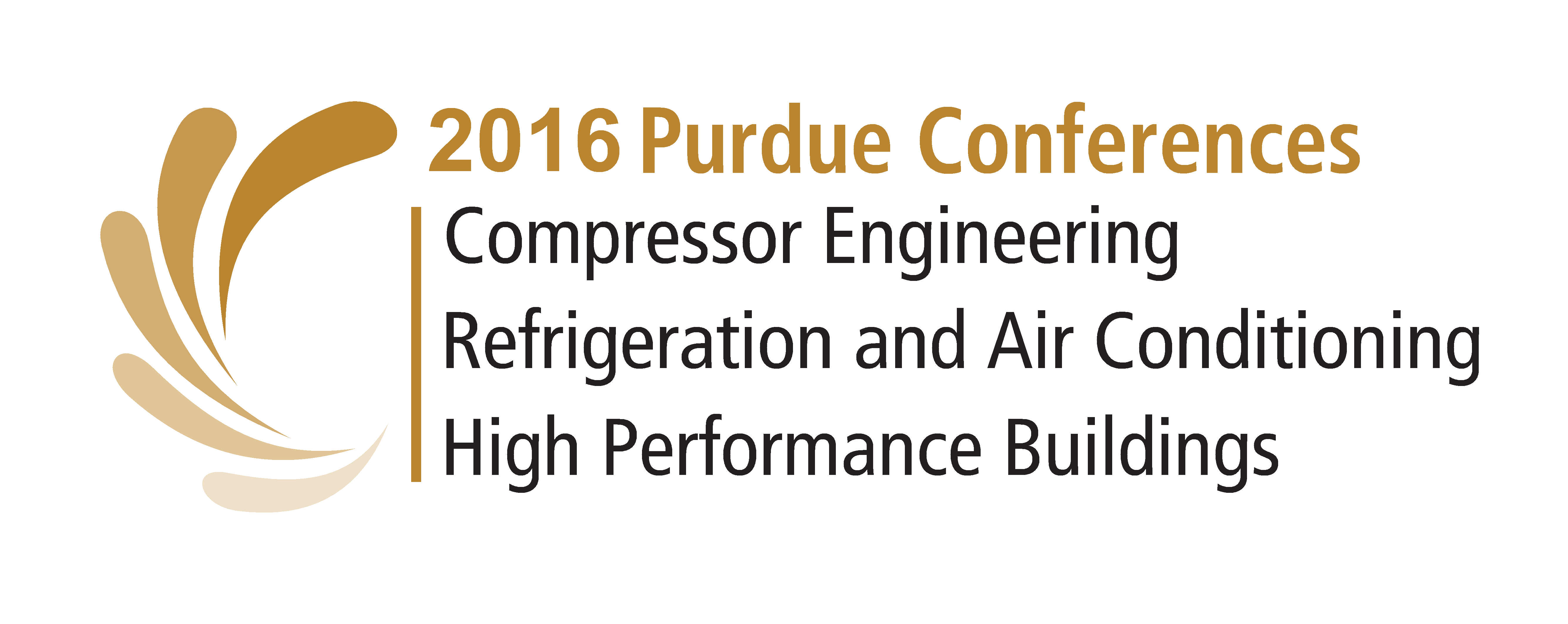
The comparison of our CFD results with the measurements showed good agreement and we were very pleased with these results.
Consequently – and since we were often asked for examples of comparison between virtual reality and physical data from experiments – we decided to share these results with you. Follow the link to download our conference paper:
CFD Simulation of a Dry Scroll Vacuum Pump Including Leakage Flows
Paper Abstract:
The transient numerical simulations of a dry vacuum scroll pump were performed with the commercial CFD software code ANSYS CFX. The meshes for the working chamber were created with CFX Berlin’s popular TwinMesh and the stator meshes with ANSYS Meshing. The simulations considered compressibility, turbulence, and heat transfer effects using ideal gas properties for the fluid. The pressure ratio between inlet and outlet was varied as well as the gap size. The results were compared with analytical and experimental data.
In the paper, we showed time dependent information such as pressure, velocity, and temperature for specific locations in the chamber volume. In addition to that, integral values such as power, torque, and mass flow were presented. Finally, cross-sectional views were plotted for different positions and time steps.
The comparison of the CFD results with the experimental data indicated that the working mechanism and flow conditions within the dry scroll vacuum pump were well captured by the simulation. The grid generation accurately considered axial gaps. The heat transfer from the process gas to the ambient over the casing had a main impact on the increase of the pressure over the rotation angle.
The pressure increase of the adiabatic process is faster than specifying a constant wall temperature.
In order to keep the challenge up, future investigations will focus on the heat transfer through the casing of the pump. Also, further investigations are planned for a mesh refinement study to include real gas properties.
If you would like to read the full paper you can find it here. For all of you who prefer to have a look on the full conference slide show this is available via the following download button here.

